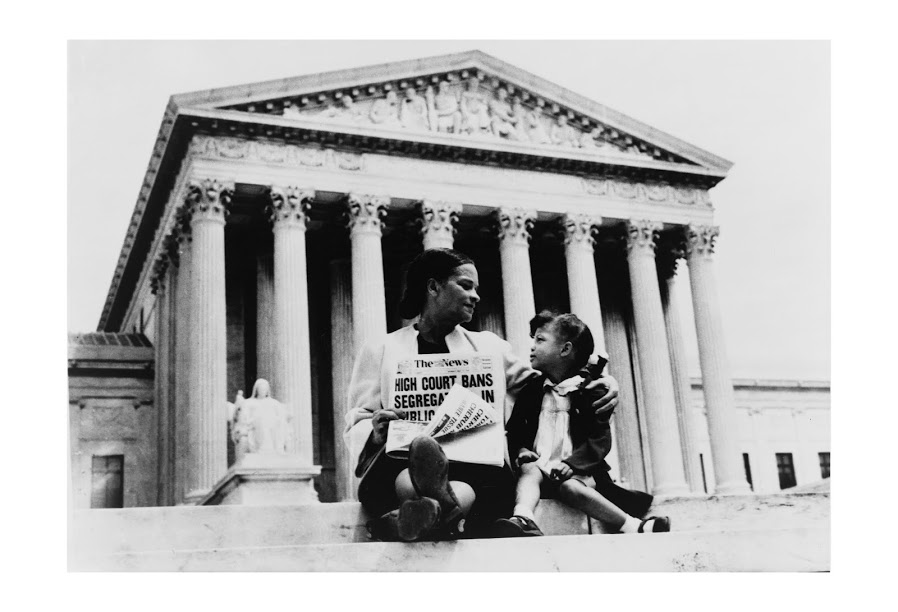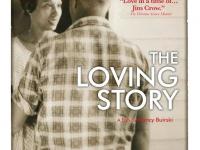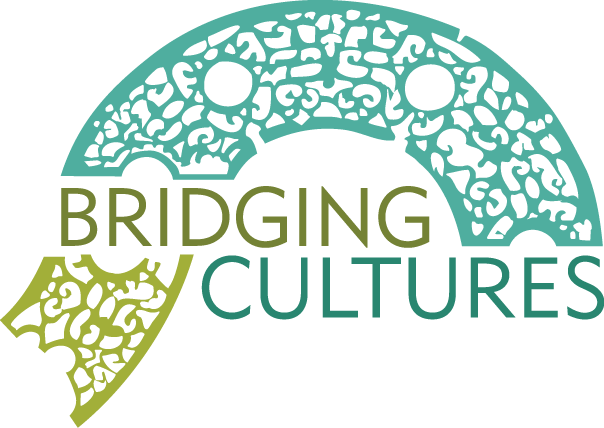To commemorate the 150th anniversary of the 13th Amendment abolishing slavery, HSP has partnered with area institutions to host four film discussion events based onCreated Equal: America’s Civil Rights Struggle. These documentaries feature riveting new footage illustrating the history of civil rights in America. Humanities scholars will provide context and provoke conversation about whether or not equality is ensured with the passage of new laws or amendments.
On March 12, HSP will host the third program in the series,Created Equal? The Loving Story: Who Decides Who Marries Whom? The program will combine clips from The Loving Story with discussion about the film’s relevance to current issues of marriage equality.
HSP’s own Mark Aronchick, a litigator and Chair of the firm Hangley Aronchick Segal Pudlin & Schiller, will share how the Loving case set precedent for the recent state and federal court battles over gay marriage. Aronchick was involved in the federal lawsuit filed on behalf of 21 gay Pennsylvanians who wished to marry in the Commonwealth.
Regina Austin, William A. Schnader Professor of Law and Director of the Penn Program on Documentaries & the Law, will then comment upon the appropriation of a civil rights legal precedent for non-racial issues. Dr. Charlene Mires, Associate Professor of History at Rutgers University-Camden and Director of the Mid-Atlantic Regional Center for the Humanities, will facilitate the program’s discussion.
This program is free and open to the public. It will take place this Thursday, March 12, at 6:00 p.m. at HSP. Please click here to register.

The Loving Story: Photo by Grey Villet
There are few Supreme Court rulings that have had the impact that the Loving case had on our culture and politics. The Loving Story rouses discussion and debate about marriage equality and tolerance in the US. It brings together all groups with stakes in marriage equality to seek out commonalties and understanding.
The Loving Story tells the story of Richard and Mildred Loving to examine the drama, the history, and the current state of marriage equality and tolerance in the United States.
After World War II, civil rights activists built upon a mobilizing tradition within black communities that included sit-ins, strikes, and protest marches. Grassroots groups around the nation relied on non-violent tactics to multiple campaigns to end segregation. National organizations, among them the NAACP and ACLU, worked to end segregation by bringing cases before the Supreme Court and the federal government. In 1954, the Supreme Court ruled in Brown vs. Board of Education that public schooling was to be desegregated with “deliberate speed.” Hopes were high that legalized discrimination could be ended and equal rights for African Americans won.
In many cases, the ultimate success of the major legal and political battles of the Civil Rights era rested on the action, courage, and persistence of individuals. Richard Loving and Mildred Jeter were two such individuals who changed history. In July 1958, they returned home after marrying in Washington, DC, and were arrested in the middle of the night. The Lovings had broken the Virginia Racial Integrity Act of 1924 forbidding interracial marriage. Faced with prison, the Lovings took a plea bargain that mandated they leave Virginia for 25 years. They moved to Washington, DC, but missed their home, family, and rural community.
In 1963, Mildred Loving wrote a letter to Attorney General Robert Kennedy, who suggested that she contact the American Civil Liberties Union. Two young lawyers, Robert Cohen and Phillip Hirschkop, argued the case through state and federal courts. In 1967, the US Supreme Court heard Loving v. Virginia. The justices voted unanimously to strike down the Virginia law with Chief Justice Warren writing that “the freedom to marry has long been recognized as one of the vital personal rights essential to the orderly pursuit of happiness by free men.” The landmark ruling led to the overturning of miscegenation laws in fifteen states.
The film narrates the lives of Mildred and Richard Loving and their fight for the recognition of their marriage, all the way to the Supreme Court. The film’s immediacy derives from the inclusion of little-known footage dating from the 1960s depicting the daily life of the couple and their three children while they were in hiding in a house in Virginia.

Created Equal signature image: Courtesy Library of Congress, Prints & Photographs Division.
The Created Equal film set and public programs have been made possible by a major grant from the National Endowment for the Humanities, as part of its Bridging Cultures initiative, in partnership with the Gilder Lehrman Institute of American History.




